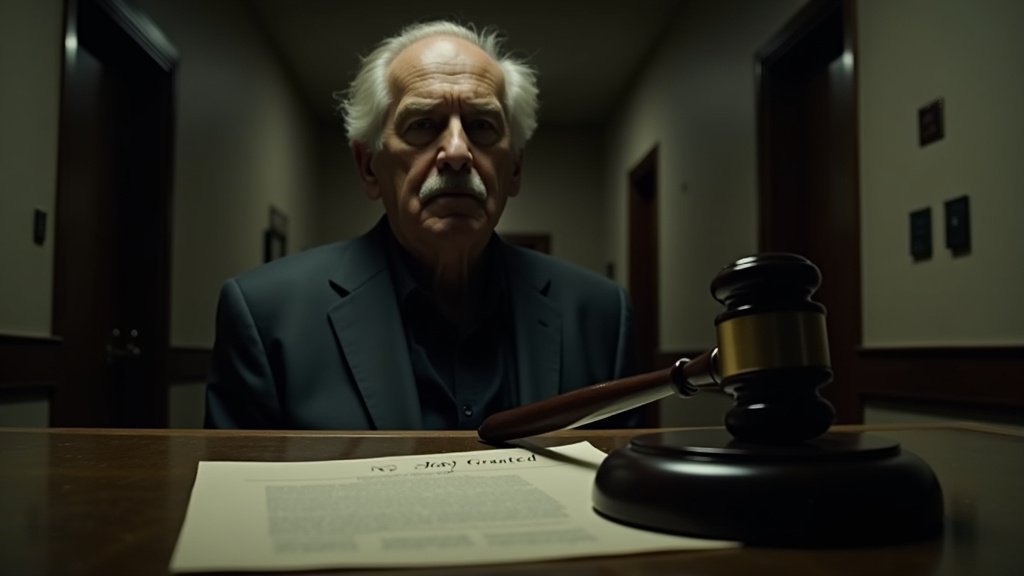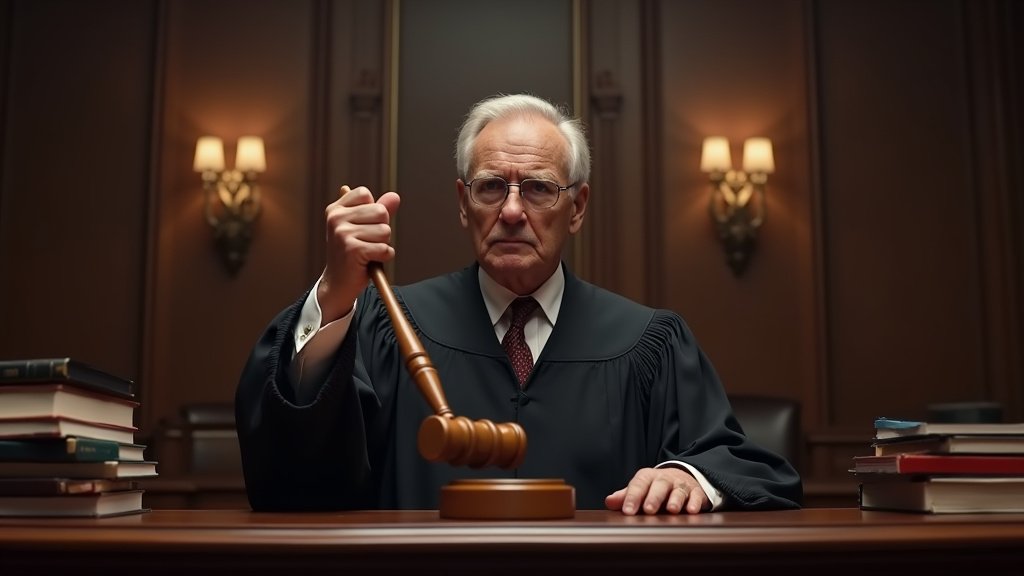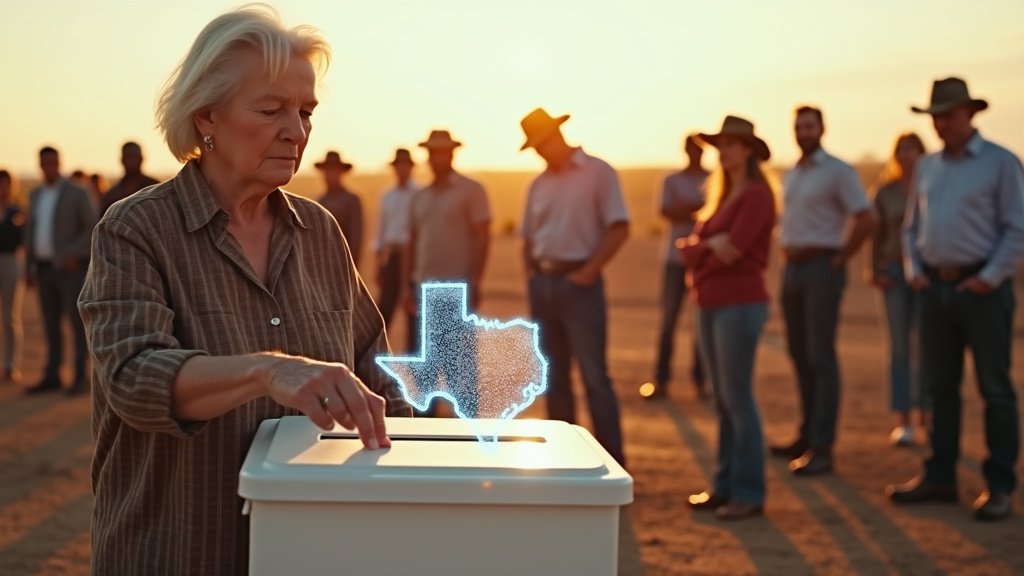AUSTIN, TX – In a significant development just days before a scheduled execution, the Texas Court of Criminal Appeals (CCA) has granted a stay of execution for Robert Roberson, who has spent over two decades on death row for the 2002 death of his 2-year-old daughter, Nikki Curtis. The reprieve, issued on October 9, 2025, marks the third time Roberson’s execution date has been paused since 2016, bringing renewed focus to the controversial science that underpinned his conviction.
Roberson was slated to receive a lethal injection on October 16, 2025. However, the CCA’s 5-4 decision sends his case back to the district court for further review, specifically concerning his arguments that his conviction was based on outdated and scientifically discredited evidence, often referred to as “junk science.” This latest legal maneuver is a direct application of Texas’ 2013 “junk science law,” which allows individuals convicted of crimes to seek relief if the scientific evidence used against them is no longer considered credible.
The Core of the Case: Disputed Medical Evidence
Robert Roberson was convicted of capital murder in 2003 for the death of his daughter, Nikki. Prosecutors at his trial argued that Roberson violently shook and abused his daughter, leading to her death from shaken baby syndrome (SBS). The prosecution’s case relied heavily on the SBS diagnosis, a medical determination that has faced increasing scrutiny and criticism within the scientific and legal communities over the years.
Roberson has consistently maintained his innocence, asserting that Nikki did not die from abuse. His defense team, led by attorney Gretchen Sween, contends that Nikki was suffering from severe, undiagnosed pneumonia and other chronic health conditions. They argue that medications prescribed to her, including Phenergan and Codeine, which are now considered risky for young children with such symptoms, exacerbated her condition and contributed to her death. Furthermore, they point to a short fall from bed as a potential contributing factor to her fatal injuries.
“Robert adored Nikki, whose death was a tragedy, a horror compounded by Robert’s wrongful conviction that devastated his whole family,” Sween stated. “We are confident that an objective review of the science and medical evidence will show there was no crime.”
The “Junk Science” Law and Precedent
The CCA’s decision to grant the stay hinges on the “junk science” statute and a precedent set by a similar case, Ex parte Roark. In 2024, the CCA overturned Andrew Roark’s conviction, which was also based on SBS, citing evolving research that cast doubt on the scientific validity of the diagnosis. Roberson’s legal team argues that his case is “indistinguishable” from Roark’s and that the same scientific doubts should apply.
While the “junk science” law has been in place since 2013, it has not yet successfully secured a new trial for a death row inmate in Texas, though Roberson could become the first if the lower court and the CCA agree with his arguments. This development is particularly significant, as Roberson was scheduled to become the first person in the United States to be executed for a conviction based on shaken baby syndrome.
A History of Stays and Support
This is not the first time Robert Roberson’s execution has been halted. His lawyers have successfully postponed his execution multiple times since 2016, navigating through state and federal appeals courts, and even approaching the U.S. Supreme Court.
In a remarkable intervention nearly a year ago, a bipartisan group of Texas lawmakers sought to halt his execution, believing in his innocence and advocating for due process. Their intervention, along with other legal filings, previously stayed his execution just hours before it was scheduled.
Roberson’s case has garnered significant attention, including new evidence uncovered by NBC’s “Dateline” podcast and a forthcoming book by author John Grisham titled “Shaken: The Rush to Execute an Innocent Man.”
Beyond legal avenues, there are claims of judicial misconduct, suggesting the judge who presided over Roberson’s trial may have failed to disclose conflicts of interest.
The Path Forward
The Texas Court of Criminal Appeals has remanded Roberson’s case to the Anderson County district court for further proceedings. The lower court is tasked with reviewing the arguments, particularly in light of the Ex parte Roark ruling and the “junk science” law, to determine if Roberson’s conviction warrants reconsideration. The exact timeline for these proceedings remains uncertain.
Meanwhile, the debate over shaken baby syndrome continues, with proponents of Roberson’s innocence highlighting the evolving understanding of medical conditions that can mimic symptoms of abuse. Conversely, some medical experts and family members of Nikki Curtis maintain that the evidence points to child abuse, with the Texas Attorney General’s office also holding this position.
As the case returns to the district court, Robert Roberson, who has maintained his innocence for over two decades, will continue to fight for his freedom, with this latest stay offering a critical opportunity for a re-examination of the science and justice in his case. This trending news from Texas underscores the persistent challenges in capital punishment cases involving disputed forensic evidence.






